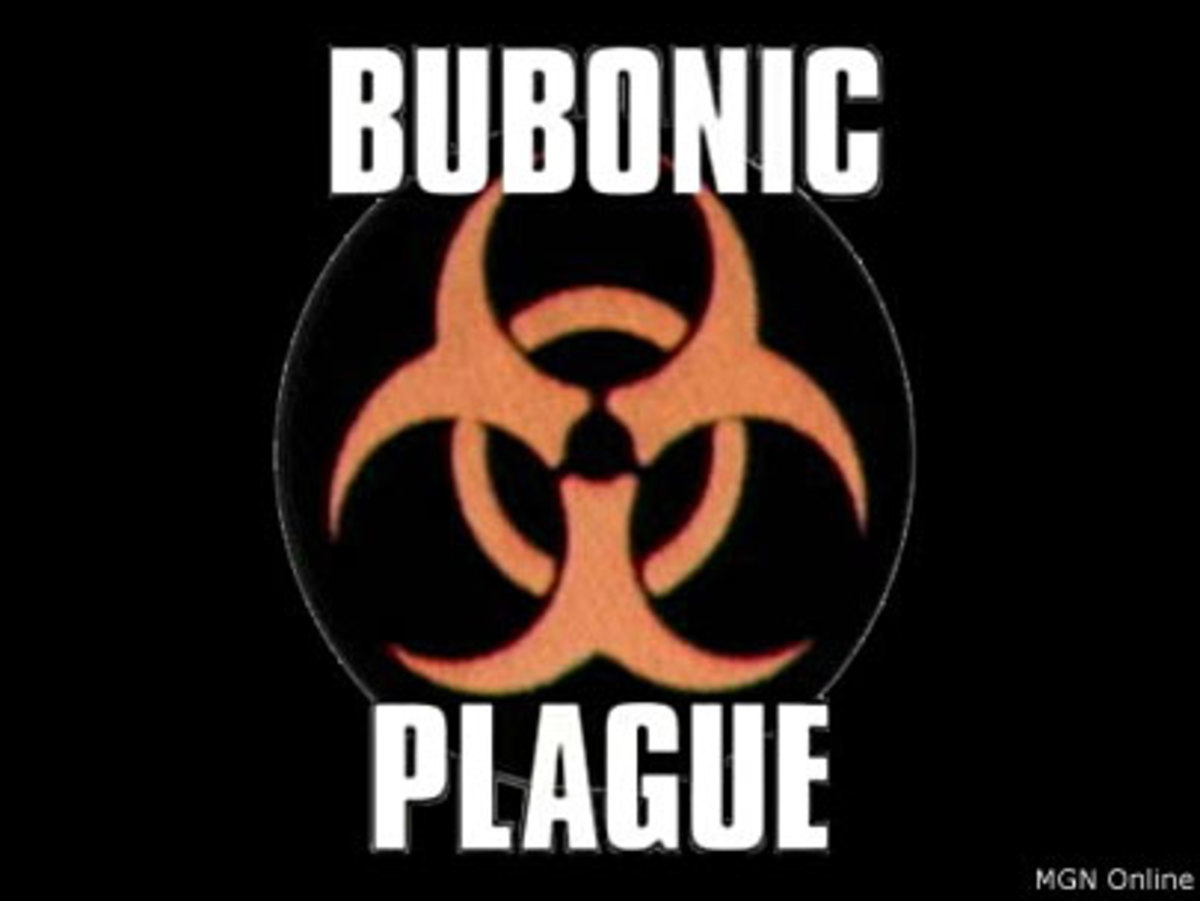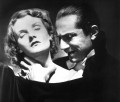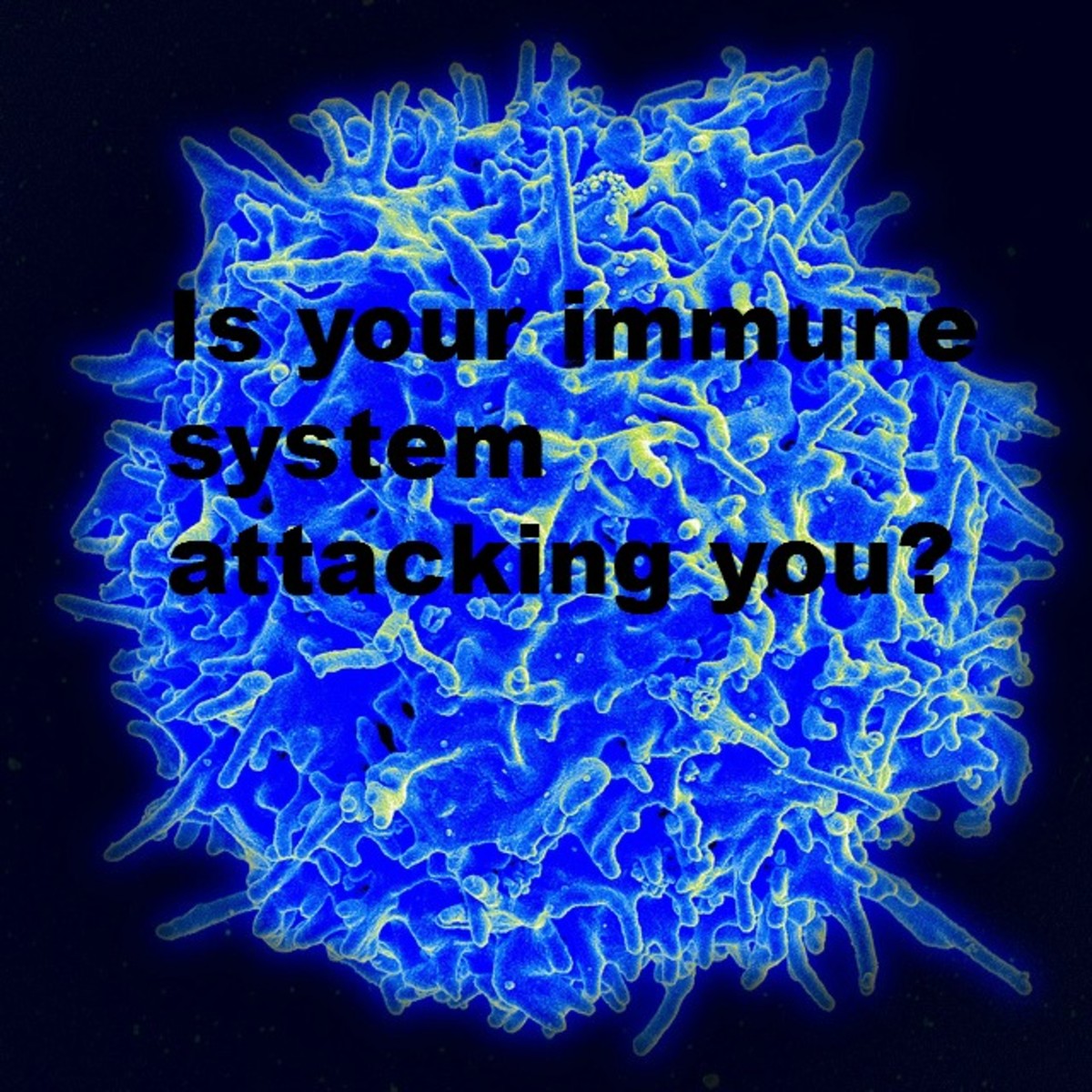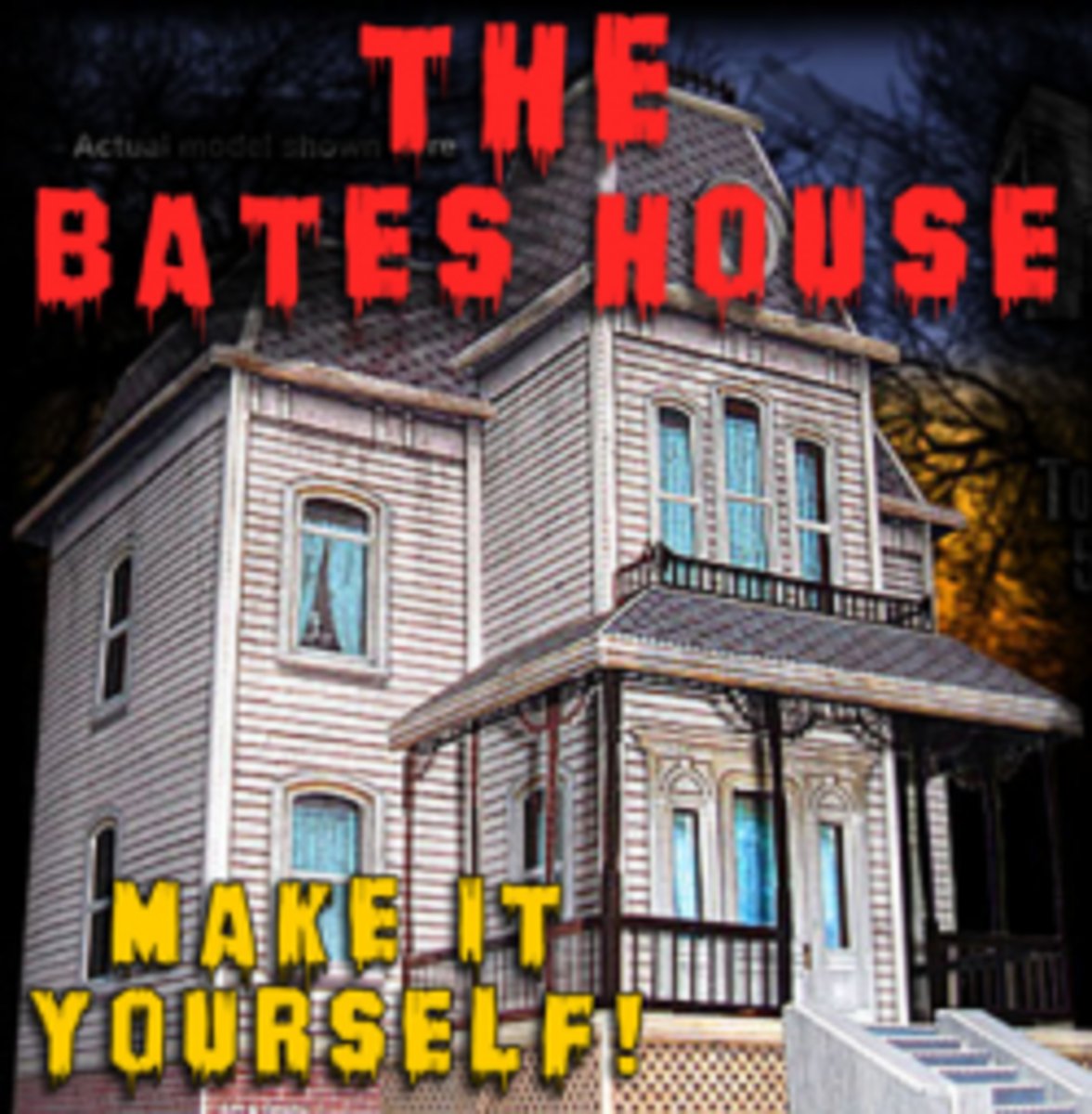Werewolves and Vampires and Zombies- Oh My!
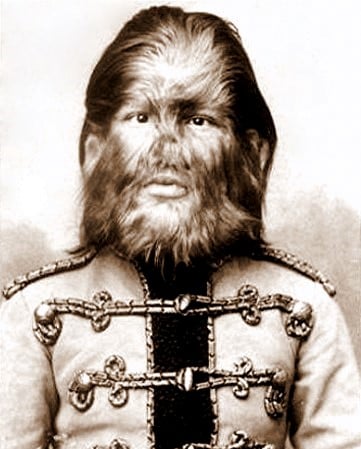
In honor of Halloween, I put forth to you a themed article. In the brainstorming to come up with something equal parts science and spooky, I got to thinking of the origins of our traditional Halloween characters. The first one I immediately tied to a medical condition was based on a CSI episode in one of the earlier seasons, when Grissom still ran the lab (the episode was aptly titled ‘Werewolves’, season six, 2006). In it a medical condition was featured in which a brother and sister had overacting hair follicles which resulted in their entire bodies being covered with thick, dark hair. Ultimately it was explained to be a true-life medical condition. This got me to thinking- are there other true life explanations for the origins of some of the creepy things that go bump in the night?
Human Hair Types
Name
| Appearance
| Location
|
|---|---|---|
Vellus
| Thin & non-pigmented
| Eeverywhere expect four areas terminal hair is found
|
Terminal
| Thick & pigmented
| Groin, underarms, eyebrows, scalp
|
Lanugo
| Thin & non-pigmented
| Found during fetal development/in newborns
|
Hypertrichosis can occur as one of several subtypes- either congenital (born with) or acquired, then either of these types can be generalized (appearing all over the body) or localized. It is extremely rare and depending on the type can be caused by various things such as genetics, certain medications, or diseases including cancer and AIDS. Being mammals, we are all covered in hair, but for most people hair is thin with no pigment with thick, pigmented hair only in the scalp, eyebrows, underarms and groin. Each of the three hair types listed in the table to the right can be the hair responsibility for this disease, depending on the subtype. Hypertrichosis can have underlying symptoms involved but for the most part it solely distorts the physical appearance of the individual. Many treatments to remove and minimize the hair can be found as it puts a large burden on the individual’s quality of life. This condition has no doubt contributed to the idea of werewolves, as people with this condition often take work as sideshow performers in the traveling circus.
Vampires have been mentioned as early as the 1700s and certainly remain popular in the arts to this day, recently seeing quite a resurrection in books, television, and movies. The common characteristics associated with these ghouls are they want to suck your blood, they cannot be exposed to the sunlight, they sleep in coffins and transform into bats. Well at least one of these ideas can be tied to a real life human condition- Xeroderma Pigmentosum (XP) - a condition in which a person cannot be exposed to UV light and can only safely go out at night. XP was first described in 1874 and like hypertrichosis, it is also a rare disease. It is an autosomal recessive genetic disease caused by a mutation in one of several genes involved in DNA repair. DNA repair genes are involved in detecting and fixing DNA damage, in the case of XP this damage is caused by ultraviolet radiation. Since the patients with this disease cannot properly repair UV-damage to their DNA it is critical for them to avoid sunlight. XP patients have outward signs including premature skin aging and pigment changes, as well as internal issues directly caused by the disease. Unfortunately XP sets up patients with a dramatically increased chance of developing cancer typically of the skin, mouth, or eyes. There is a great community of support for families of children with XP in the US; this includes Camp Sundown in New York, a camp experience for these children and their families which takes place at night and in properly UV-protected indoors.
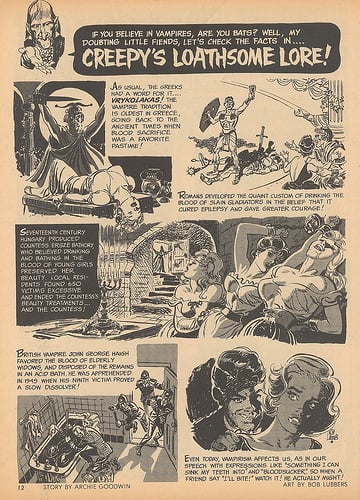
Another interesting, true-life characteristic of mythological vampires is their need to consume blood. There are real people, known as sanguinarians, out there that have a compulsion to drink human blood. It has been cited that these individuals require it to make up for an energy processing deficiency. In my research for this particular sub-topic I did not find too many reliable sources online. However it is an intriguing subject to speculate about. Blood transfusions are a common hospital procedure in order to sustain life in the case of major blood loss due to injury or as the result of surgery. So is it that far-fetched that people consume blood to get what they say is missing in their bodies? It is a little bit of a stretch. Blood transfusions add blood directly back to the person’s circulatory system and there it contributes to the variety of functions blood normally does- including oxygen and carbon dioxide transport, clotting, and immune functions. Do people that ingest blood get any of these benefits- is this why people claim they need to ingest it? It really depends on how blood is digested when ingested, blood contains many components so I guess it is possible some components are properly metabolized and have a positive benefit on the individual. Just the thought of consuming blood, other than the occasional, accidental bit lip or tongue, is making me squeamish so let’s move on.
A recent episode of Taboo on National Geographic, featuring real life vampires
Lastly we get to Zombies or the Undead. Many people have associated the undead with the bubonic plague, specifically The Black Death in Europe in the 14th century. Many of the characteristics of the bubonic plague armed with the widespread devastation caused by The Black Death fuel many ideas we have on Zombies. One article about the Black Death mentions the large tumors that could be found all over the infected person’s body, these tumors may have forced infected people to cock their head in the opposite direction. The plague was known to cause rotting of the person’s body from the inside out- people would smell like death, quite literally, leading up to their eventual demise. Close to death, infected people would have purple splotches covering their bodies due to hemorrhaging under the skin. Additionally the high fevers would cause delirium; people would wander the streets in mass confusion. Many of these descriptors are dead-on (can’t resist the pun, it fits) with the general popular culture idea of Zombies. The cocked head, purplish skin, and confusion generally demonstrated by inane mumbling are all traits of the prototype in Zombie flicks.
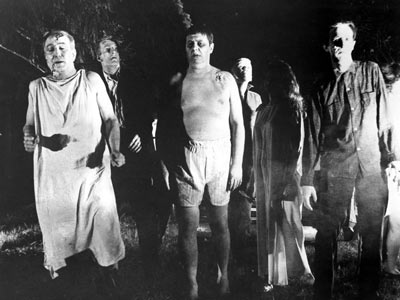
The Bubonic Plague is caused by the bacteria Yersinia pestis, where fleas are the vector and the mode of human contact comes with small animals, such as rats and mice, carrying the fleas. In most cases the human needs to get bit by the flea but it is speculated contact with an infected carrier would suffice. The widespread nature of The Black Death largely had to do with the rat infestation of the time and also the spread was greatly increased because people developed pneumonia when infected. Normally the disease is only spread from direct contact with the flea; this is technically the bubonic plague- as it is an infection of the lymph nodes, where a bubo is the swollen lymph node. But in the case of The Black Death, person-to-person transmission occurred due to their coughing and sneezing. This is referred to as the pneumonic plague, as it was an infection of the lungs. Nowadays the disease is treated with antibiotics and is estimated to affect one to three thousand people a year worldwide with only a very small number of cases found in the southwestern states in the US.
It is often remarked that there are no original ideas anymore. Particularly in popular culture ideas for books, movies, and television have been ripped off for generations. Take the topic of the day, Halloween, and all we see in the theaters are countless sequels, remakes of classic horror films, and cheap rip-offs. Is it such a far out idea that many of the creepy characteristics of our quintessential Halloween figures have been taken from real-life diseases and disorders? I always find the deepest chill, when watching scary movies, is in scenarios which could actually take place. Pulling from real-life medical conditions to set the stage for our essential horror characters is a frightfully good idea.

